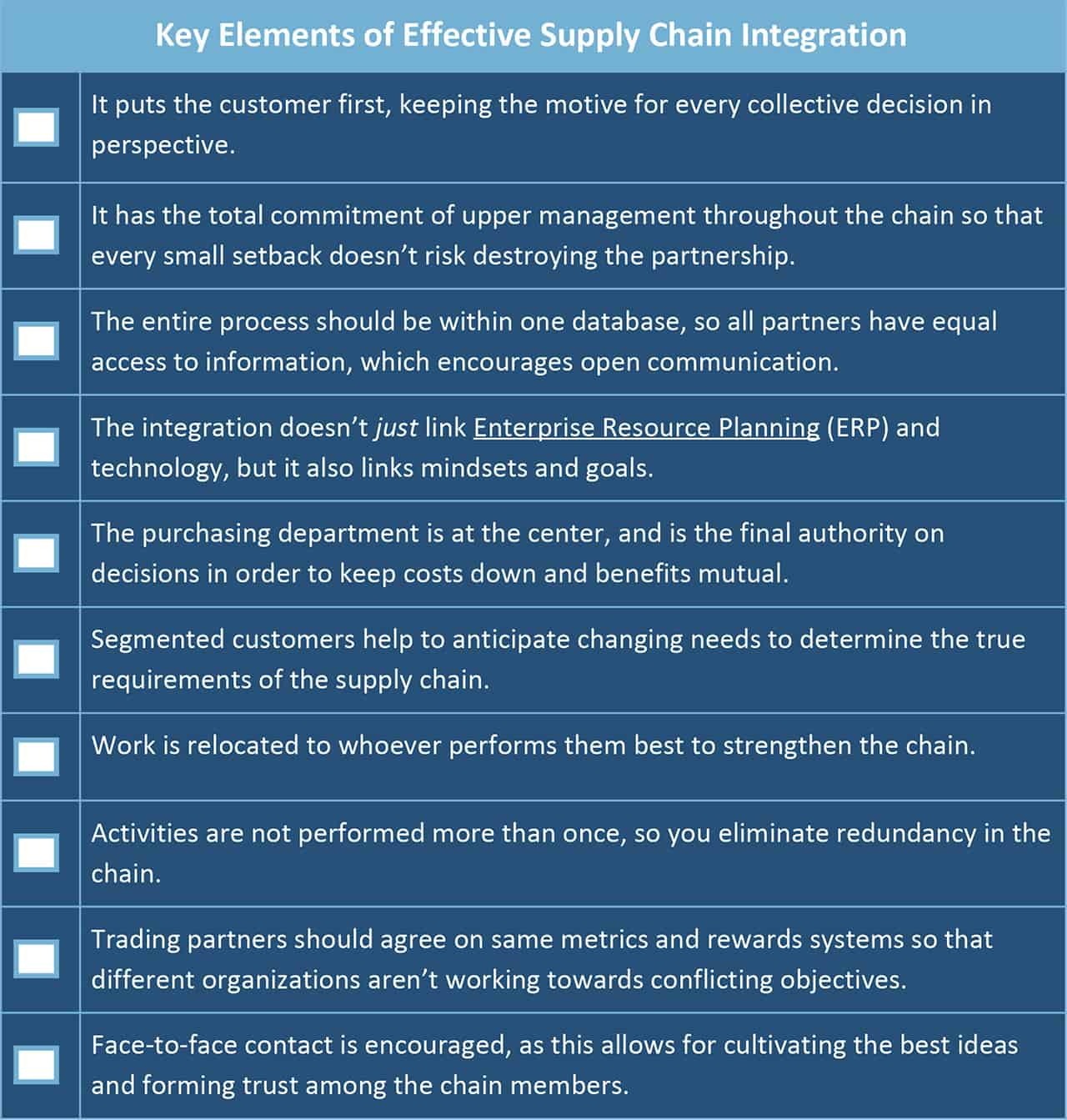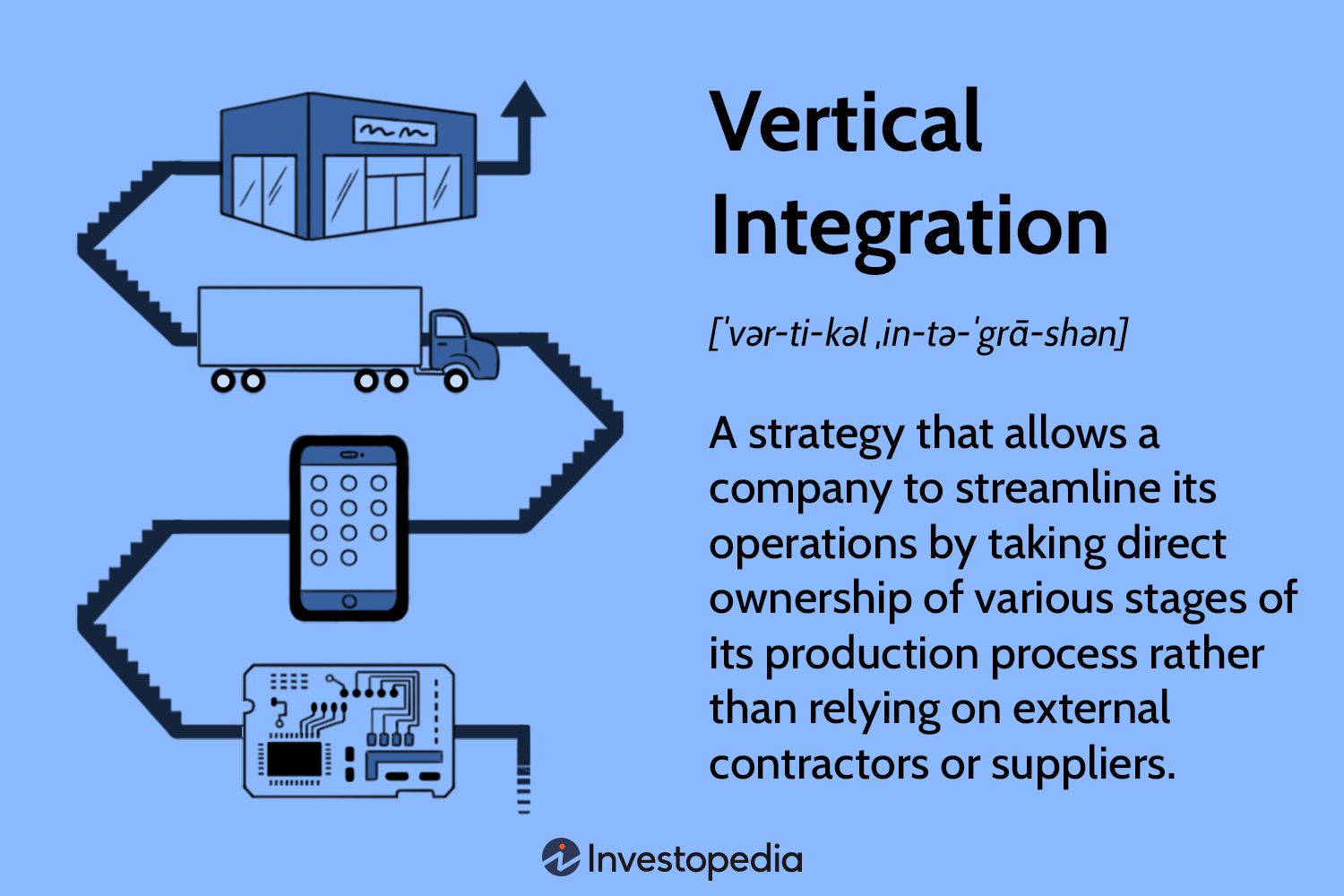Backward integration is a crucial business strategy that involves a company expanding its operations by acquiring or integrating suppliers or distributors. With backward integration, a company gains more control over its supply chain and reduces dependence on external parties. This strategic move can lead to increased efficiency, cost savings, and enhanced competitiveness.
:max_bytes(150000):strip_icc()/backwardintegration.asp-final-fe409a0661e64045aeb4da510d5febd4.png)
Credit: www.investopedia.com
Table of Contents
The Benefits of Backward Integration
There are numerous benefits associated with implementing backward integration in your business:
- 1. Cost savings: By integrating suppliers or distributors, you eliminate the need for middlemen, which reduces costs and allows for better negotiation power.
- 2. Quality control: Owning and integrating suppliers allows you to maintain greater control over the quality of materials or products used in your business.
- 3. Reduced dependency: Backward integration helps mitigate the risks associated with relying on external suppliers or distributors.
- 4. Increased efficiency: By integrating processes and streamlining the supply chain, you can achieve greater operational efficiency and eliminate bottlenecks.
- 5. Competitive advantage: Backward integration can give you a competitive edge by differentiating your business and providing unique offerings to customers.
Implementing Backward Integration
Successfully implementing backward integration requires careful planning and execution. Here are the key steps to follow:
1. Conduct A Thorough Analysis
Prior to implementing backward integration, conduct a comprehensive analysis of your supply chain. Identify the critical components or processes where integration can add value and reduce costs.
2. Identify Potential Partners
Research and identify potential suppliers or distributors that align with your business objectives and have a strong track record in quality and reliability. Evaluate their capabilities and make informed decisions about which partners to integrate.
3. Develop Strategic Partnerships
Engage in discussions with potential partners and establish strategic alliances. Negotiate favorable terms that encompass pricing, quality standards, and other relevant aspects of the partnership.
4. Establish Legal Agreements
Ensure that all necessary legal agreements, such as contracts and non-disclosure agreements, are in place to protect the interests of both parties involved in the integration.
5. Monitor And Optimize
Continuously monitor the performance of your backward integration efforts. Look for opportunities to optimize the supply chain, improve efficiency, and adapt to changing market conditions.
Real-Life Examples
Several companies have successfully implemented backward integration to fuel their growth and gain a competitive advantage:
| Company | Industry | Integration Example |
|---|---|---|
| Apple | Technology | Apple acquired chip manufacturers to ensure a steady supply of high-quality components. |
| Starbucks | Food and Beverage | Starbucks established its own coffee bean farms to maintain control over the quality and supply of its primary raw material. |
| Amazon | Retail | Amazon acquired Whole Foods, allowing it to integrate the grocery supply chain into its online retail operations. |
These examples highlight the effectiveness of backward integration in enhancing competitiveness and driving growth.

Credit: www.smartsheet.com
Conclusion
Backward integration can be a game-changer for businesses looking to achieve sustainable growth and improve their competitive position. By taking control of your supply chain and integrating key partners, you can gain cost savings, improve quality control, and reduce dependency on external parties. Remember to plan meticulously, choose the right partners, and continuously monitor and optimize your integration efforts. By doing so, you can reap the numerous benefits that backward integration offers.
